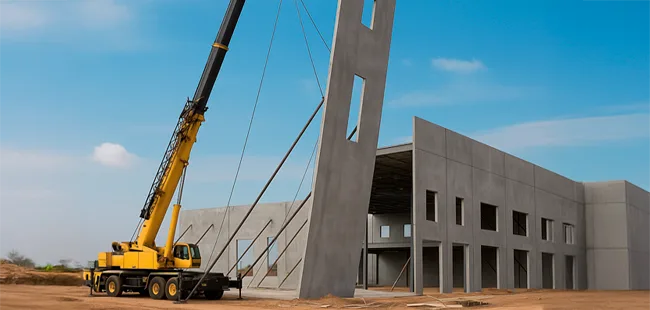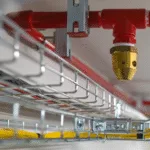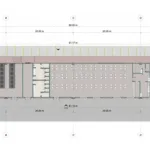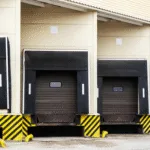julio 2, 2025
Tilt-Up Walls or Cast-In-Place Concrete?
When it comes to industrial construction projects, one of the most important decisions is choosing the type of concrete to use: tilt-up walls or cast-in-place concrete. Both methods offer advantages and challenges, and the right choice can directly impact construction time, costs, quality, and overall project efficiency.
In this article, we analyze the key differences to help you make the best decision for your project.

What Are Tilt-Up Walls?
Tilt-up walls are produced either on-site or in a controlled environment, where structural elements (such as columns, slabs, or wall panels) are cast on horizontal surfaces and then lifted into place with cranes.
Advantages of Tilt-Up Walls:
- Shorter construction time: Delivered ready to install, reducing on-site work time.
- Higher quality and control: Factory or controlled on-site production ensures better process control.
- Reduced waste: Less material waste is generated on-site.
- High repeatability: Ideal for modular or repetitive designs.
Disadvantages:
- Complex logistics: Requires specialized transportation and lifting equipment.
- Limited design flexibility: Once cast, modifications are difficult.
- Location constraints: May not be viable in areas with difficult access.
What Is Cast-In-Place Concrete?
Cast-in-place concrete is mixed and poured directly at the construction site, using molds or formwork to shape the structural elements.
Advantages of Cast-In-Place Concrete:
- Design flexibility: Easier to adapt the structure during construction.
- Better integration with other systems: Enables stronger joints between structural elements.
- Accessibility: More practical in locations where transporting prefabricated elements is challenging.
Disadvantages:
- Longer construction time: Requires additional stages (pouring, curing, etc.).
- Weather dependency: Rain or extreme temperatures can affect the process.
- Variable quality: Heavily depends on site personnel and quality control during execution.
Conclusion
Both tilt-up walls and cast-in-place concrete offer significant benefits, but the best choice depends on the specific needs of each industrial project. If your priority is speed, quality control, and efficiency for repetitive designs, tilt-up construction may be the ideal solution. On the other hand, if the project requires on-site adaptability, flexible design, or is located in a hard-to-access area, cast-in-place concrete may be the better option. Carefully evaluating design requirements, site conditions, timelines, and available resources will help you make an informed decision aligned with your construction goals.






